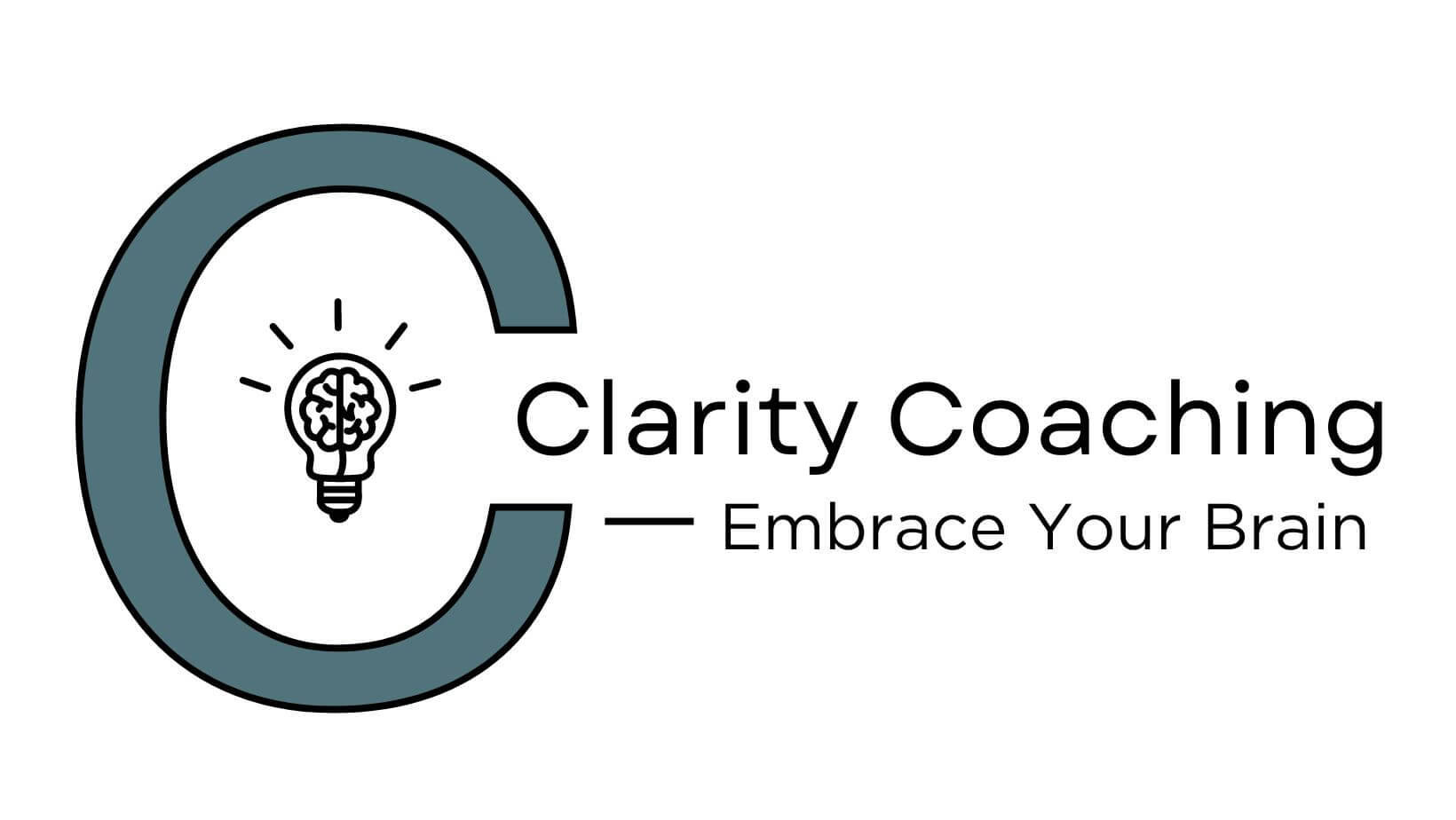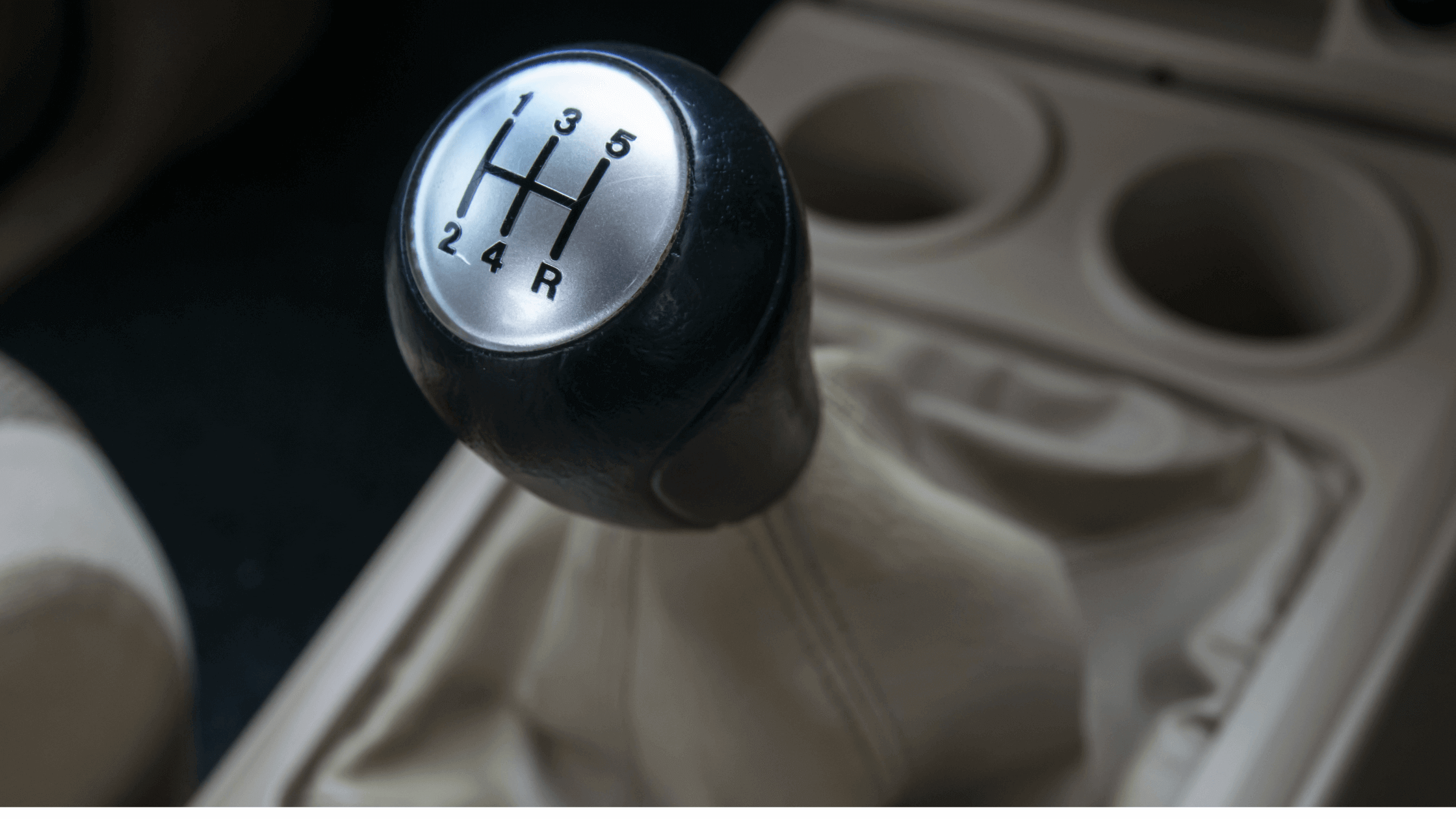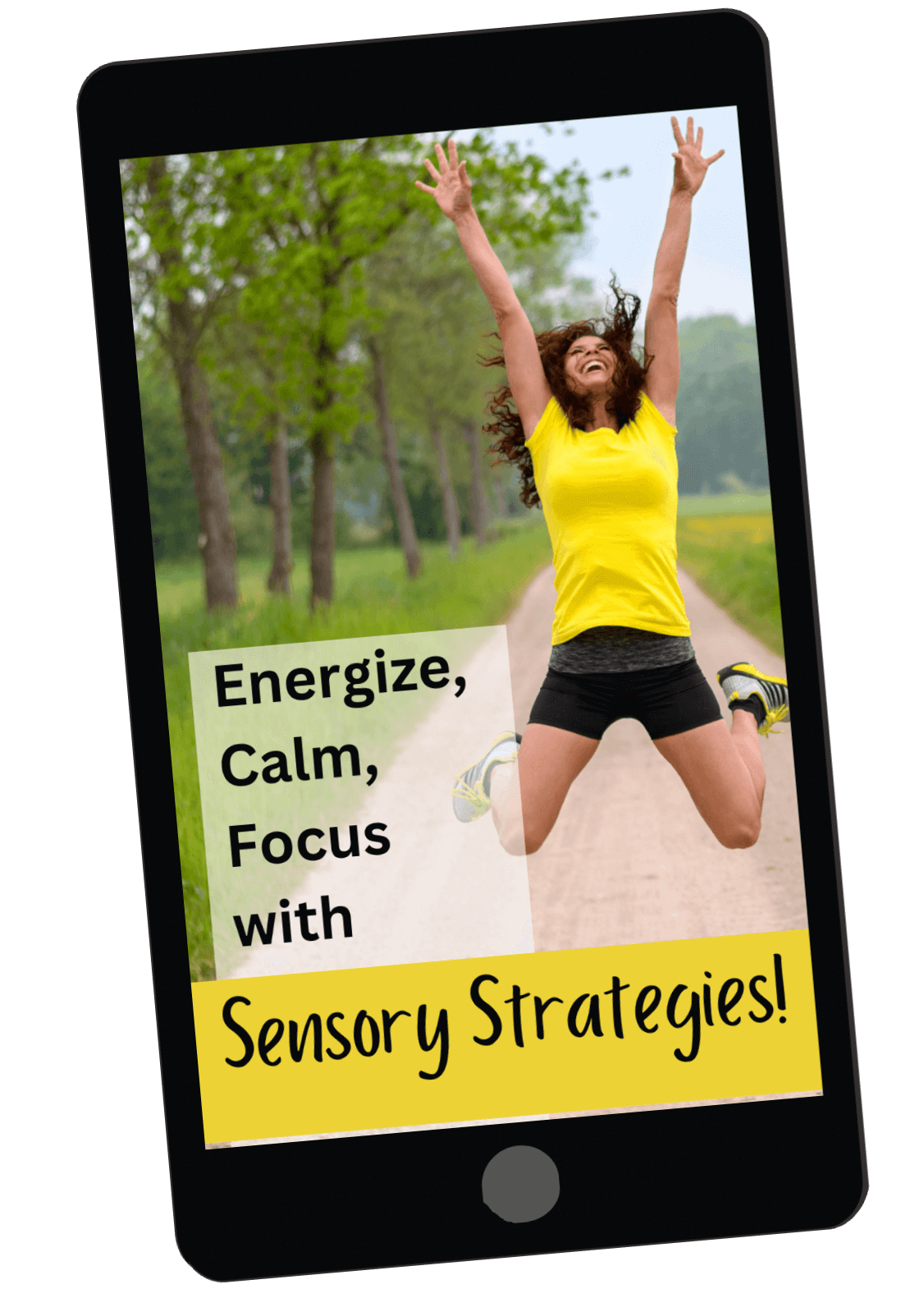Decision Spiraling & Paralysis
You sit down to make a simple decision...two hours later, you're 37 tabs deep and you still have NO idea what to choose. Sound familiar?
If you have ADHD, this type of research paralysis is common—and exhausting. Here's some reasons why it happens and how you can stop spinning and start deciding.

Why ADHD Brains Get Stuck:
- Attention Regulation: We can’t easily filter information or stop once we’ve started.
- Perfectionism: We want the “best” choice, not just a good one.
- Priority Overload: When everything feels equally important, nothing is. That's when we get paralyzed and can't take action.
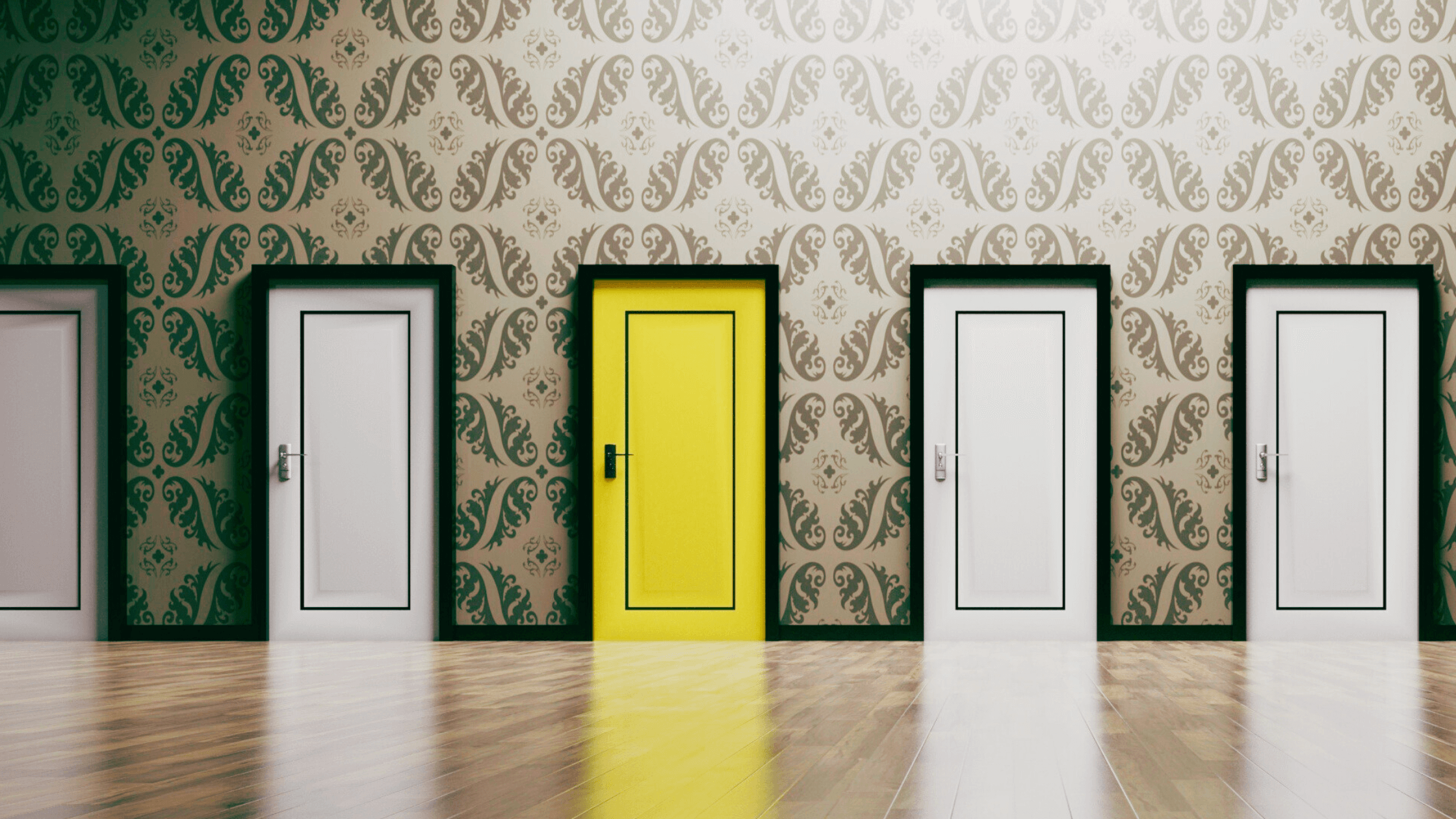
How to Get Unstuck:
- Name Your Top Priorities. What really matters for this choice? Narrow it to 1–2 things max.
- Practice “Satisficing.” This is a term that comes from "satisfy" and "suffice". Stop trying to be perfect. Good enough is powerful.
- Limit Your Research. There's different ways to do this: Choose between 3 options. Give yourself 30 minutes. Set a deadline. A podcast guest once described how she she discovered the decision making strategy of limits by accident: she had to race the clock to buy her son shoes before her phone died and made a quick, good enough choice!
- Weigh the Impact. What’s the real consequence if this decision is “just okay”? Often, we can live with it. If not, spend more of your decision making "budget" here. And when you're not using that budget on things like buying olive oil, you'll have a lot more of it to dedicate to important decisions!
- Accept Uncertainty. Even big decisions involve unknowns. Once you do your due diligence, you'll need to make peace with not knowing everything.
This decision making mindset shift will save you time, energy, and stress—so you can save your focus for what really matters to you!
Want more help with making decisions?
Here's how I can help:
Learn more about 1:1 coaching, schedule a free intro call, and discover my group coaching programs here!
Need more support ?
I can help!
Want more ADHD-friendly strategies like this?
📩 Join my email list here to get weekly tips, tools, and encouragement straight to your inbox.
🎥 Or watch the full video on YouTube here.
📩 Join my email list here to get weekly tips, tools, and encouragement straight to your inbox.
🎥 Or watch the full video on YouTube here.
Today, I want to talk about something that comes up all the time with in life: transitions.
What Are Transitions?
When I say "transitions," I mean the act of shifting from one thing to another—that could be from one activity to another or moving from one place to the next.
For neurodivergent folks, transitions can be uniquely challenging.
Why? Because transitions are more than just physical changes—they often require a mental gear shift and that uses up a lot of energy.
Why Transitions Feel So Hard
If you have ADHD, you might feel "stuck" in an activity—especially one you really enjoy—and find it almost painful to switch to something else. Even if the next task isn’t one you sate, it still takes effort to break your focus and move.
If you're stopping something you enjoy to shift to something you dread? It takes even MORE energy!
For example:
👉 Stopping a Netflix episode to pay bills
👉 Leaving your cozy reading nook to start getting ready for bed
👉 Switching from one location to another, even if both are enjoyable
👉 Stopping a Netflix episode to pay bills
👉 Leaving your cozy reading nook to start getting ready for bed
👉 Switching from one location to another, even if both are enjoyable
This isn’t just procrastination. It involves attention regulation, task initiation, and energy management.
The Energy Cost of Switching Tasks
Transitions often require more mental energy for people with ADHD. It’s not about laziness—it’s about brain wiring.
Where a neurotypical person might use a small portion of energy to stop and start activities, someone with ADHD may burn a much larger share of their daily "energy budget" doing the same thing. So if you’ve ever felt exhausted just trying to make yourself shift gears, this is why.
The “Double Jump” Problem
Transitions can feel especially hard when you’re making what I call a “double jump.” This is when you’re going from something you love to something you really don’t want to do (and skipping right over a neutral zone).
For example:
📖 Reading an amazing book→ 🛏 Going to sleep.
📖 Reading an amazing book→ 🛏 Going to sleep.
If sleep problems trigger anxiety, pressure, or frustration, that is a steep jump!
A Real-Life Example: Jenna’s Story
“Jenna” is one of my clients who was trying to build healthier habits like getting to bed earlier. She was struggling with this because she loved reading at night and couldn’t seem to stop, even when she wanted to.
Jenna had young kids, including two with special needs, so her days were busy and unpredictable. Reading was her only personal time at the end of her busy day. Another layer for Jenna was that bedtime brought anxiety due to long-standing battle with insomnia. All of these things contributed to this transition feeling emotionally and mentally overwhelming for her.
To make it easier for her to transition, we needed an "in between" step. Something that didn't have as strong of a pull as reading for her, but wasn't a dreaded switch like giving up her free time and going to bed.
We created a neutral middle step: instead of going straight from reading to sleep, she added a short word game session in between. It worked. It gave her brain something less intense than reading, but not as stressful as going to bed right away.
You Can Make Transitions Easier
If transitions are hard for you, try approaching them from three angles:
1. Make the “Fun” Task Easier to Stop
- Read in a less cozy space
- Pick a genre that’s easier to put down
- Set a timer with a gentle reminder
- Read at a different time of day
2. Make the “Hard” Task Easier to Start
- Add something you enjoy to the experience (like music, candles, or comfy clothes)
- Remove friction (e.g., prep your sleep space earlier)
- Use sensory cues to ease anxiety
3. Create a Neutral Middle Step
This is your "half way happy" step- it can be pleasant, but not as pleasant as the thing you're leaving. It can also be "just ok", but not hard.
- A light snack or tea
- Journaling or doodling
- A short playlist or podcast episode
The “Just Do It” Mindset
A lot of people with ADHD tell themselves, “I should just do it. Just push through.” And yes, sometimes you can white-knuckle your way through a transition (or have to).
The problem is that this approach often comes at a high energy cost. What might take 5% of a neurotypical brain’s energy might cost you 25% if you're "white knuckling" a transition.
And although you can probably "just do it" for any one thing, it's not sustainable to do that all day long.
It’s Okay to Make Life Easier
If a transition is hard for you, there’s always a reason. Trust yourself and be curious; that will help you discover what it is! Once you know why a transition is tough, you can design a small system that supports your brain instead of fighting it.
So next time you struggle with a transition, pause and ask:
🧠 What am I doing now that’s hard to stop?
🧠 What am I trying to do next that feels hard to start?
🧠 What could I add in between to make it easier?
This can help you ease into the next thing rather than remaining frozen and frustrated for the next hour.
Final Thoughts
Transitions are hard—but not because you’re lazy or undisciplined. They’re hard because your brain processes them differently. The good news is: you can design your day to work with your brain, not against it.
Trust yourself.
Get curious.
And don’t be afraid to experiment.
Want more ADHD-friendly strategies like this?
📩 Join my email list here to get weekly tips, tools, and encouragement straight to your inbox.
🎥 Or watch the full video on YouTube here.
📩 Join my email list here to get weekly tips, tools, and encouragement straight to your inbox.
🎥 Or watch the full video on YouTube here.
Need more support ?
I can help!
✨ DOWNLOAD YOUR FLOWCHART HERE !
🧠 Subscribe to my YouTube Channel for more self-coaching resources here.
The word “lazy” is thrown around a lot — especially when we’re frustrated with ourselves for not doing something we think we should be doing. But what if laziness isn't the real issue?
What if what we label as laziness is something else — like stuckness, overwhelm, or other unmet needs?
What We Think Laziness Means
The definition of laziness is an unwillingness to take action or do hard work.
When you assume that your difficulty with getting going is that you don't care or are willingly staying stuck, you’re shutting the door on the real problem-solving that will get you un-stuck.
Once you (or someone else) is labeled as lazy, there's no room for curiosity, strategy, or compassion — only blame and shame.
And shame never leads to solutions, just more paralysis.
What’s Actually Going On?
In my coaching work, I haven't met one person who struggled because they were truly lazy.
What I see instead are people who are:
- Stuck because they don’t know how to start
- Overwhelmed because the task is too big or unclear
- Tired — mentally or physically — but can’t give themselves permission to rest
- Uncertain about what’s important or how to prioritize
These are all signs of executive functioning challenges, not moral failure.
The "Am I Lazy?" Flowchart
To help you self-coach through these moments, I created the “Am I Lazy?” Flowchart. It walks you through simple questions like:
- Am I enjoying myself right now?
- Do I need rest?
- Is there a real consequence if I don’t take action?
- Is this task important to me?
- Is there something that makes this feel hard?
Spoiler alert: Almost every path on the chart leads to stuckness, not laziness. And that’s a good thing — because laziness is a dead-end, but stuckness can be worked with!

5 Powerful Truths to Remember
1. “Lazy” isn’t a personality trait — it’s a label for stuckness.
Let’s stop judging and start strategizing.
2. Rest is a need, not a reward.
Many people with ADHD feel guilty about resting. But without rest, you’ll burn out before you even get started.
3. Motivation problems are often strategy problems.
If you don’t know how to break a task down or where to start, of course you’re stuck. It’s not about trying harder — it’s about trying differently.
4. Not everything is a priority.
ADHD can make everything feel urgent — but learning to discern what truly matters is a skill, and one that can be strengthened!
5. You’re not lazy. You just need a system that works with your brain.
The right strategies make action easier — without the burnout or guilt.
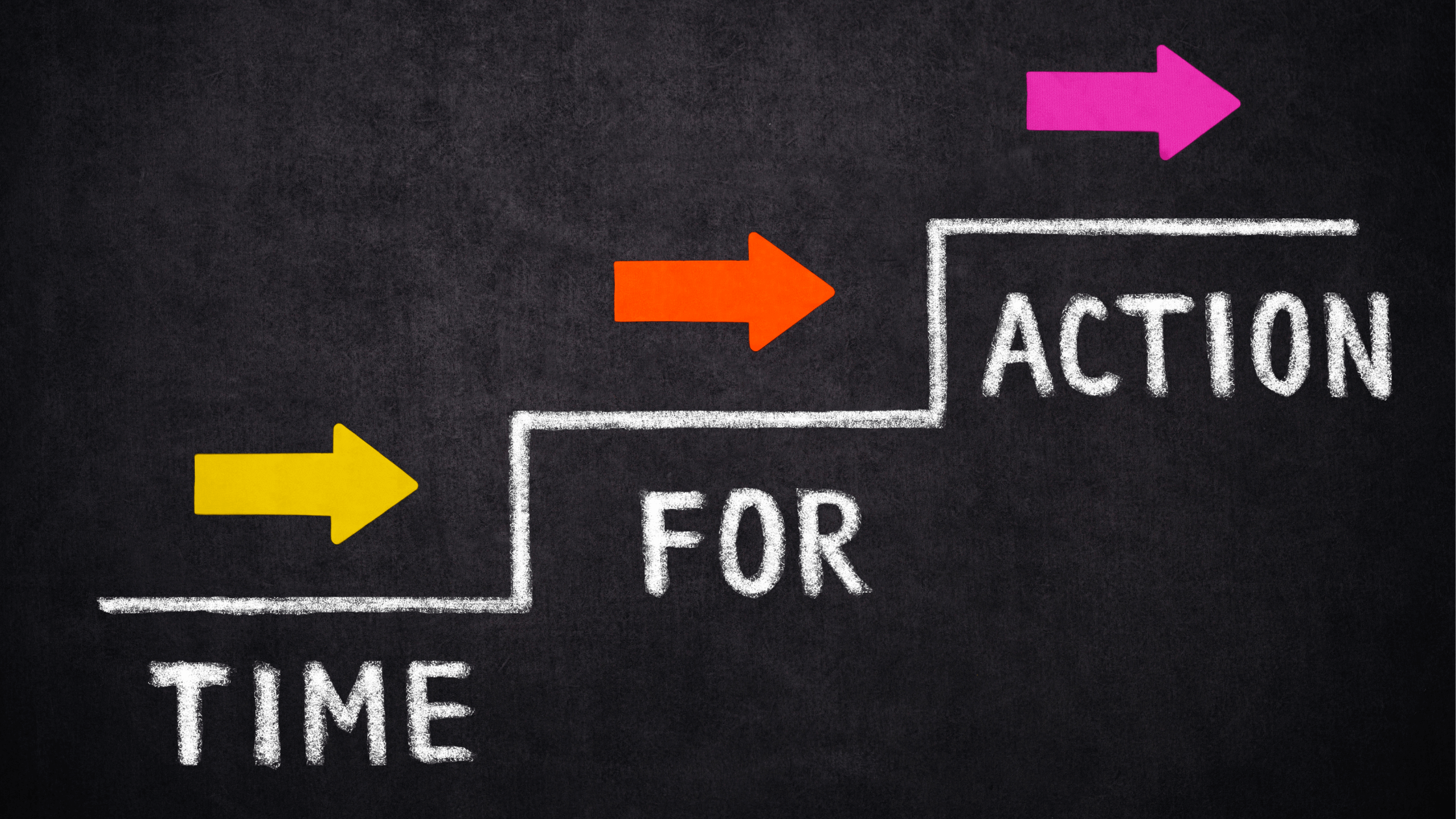
So, What's Next?
➡️ Use the flowchart. Seriously, take yourself through the steps. It can help you shift from judgment to problem-solving.
➡️ Practice curiosity. What’s making this task hard? What would make it easier?
➡️ Get support. Whether it’s coaching, community, or tools that work for your brain, you don’t have to figure it all out alone.
If you need more help, here are some ways I can help:
Need more support ?
I can help!
Is There a Perfect Planner for ADHD?
If you have ADHD, you’ve probably been on the perfect planner quest more than once. You're NOT alone!
We're looking for that one magical tool that will finally help us stay on top of our time, responsibilities, and life in general.
Maybe you've bought a new beautiful planner full of hope, used it for a few weeks, and then forgot about it. You probably decided that the planner didn’t work, or worse- that you couldn't make it work.
Let’s just clear this up now: you’re not broken, and it’s neither was your planner.
The issue isn’t whether or not you have the right planner—it's whether you’re using a full time system that works with your brain.
Let’s break that down.
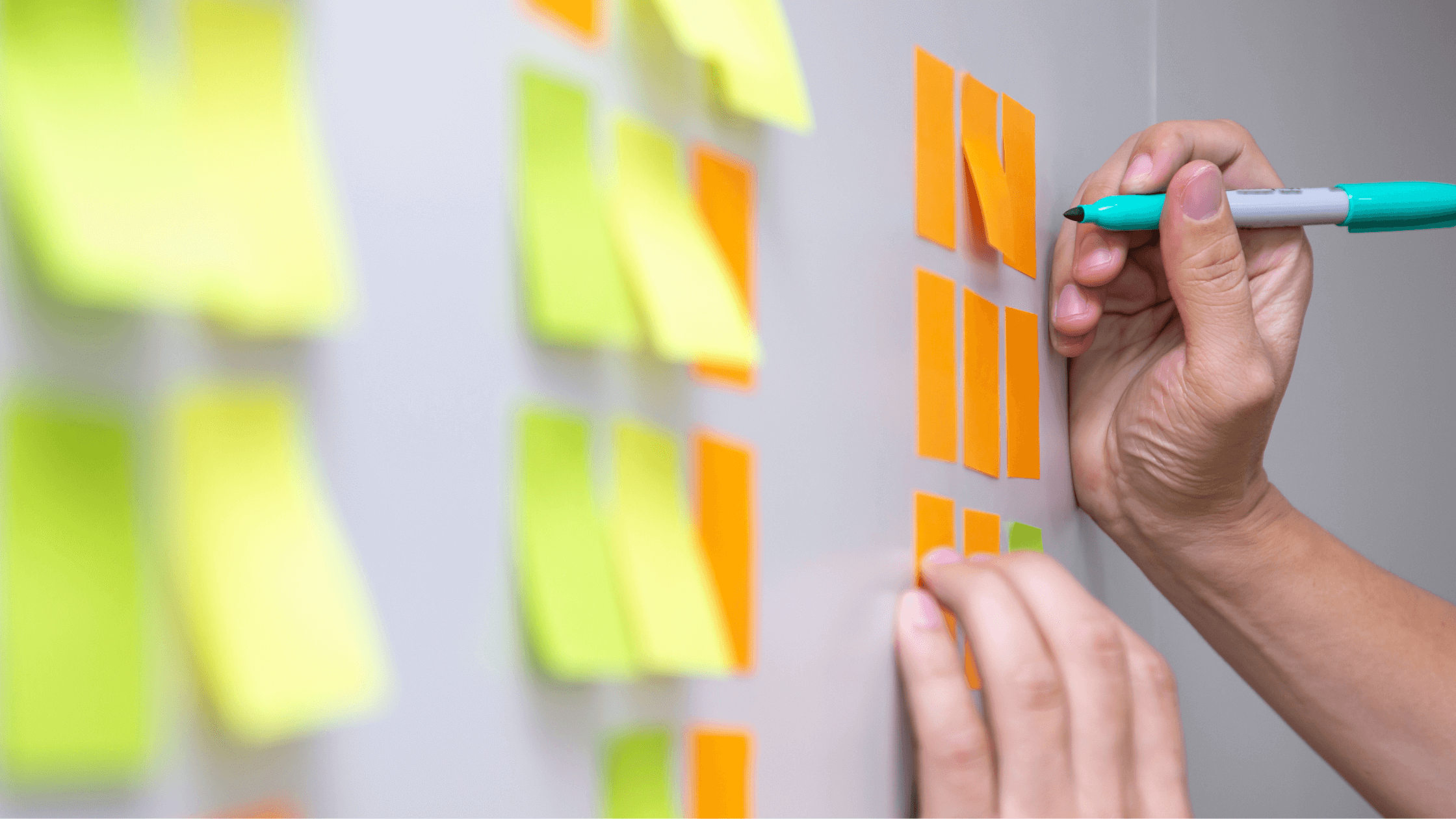
Part 1: Collection – What a Planner Actually Does
Planners and calendars are often treated like the whole solution—but they’re not.
They're just one piece of the puzzle. Their main function? Collecting information. A calendar, planner, or even a dump list helps you store:
- Appointments
- Responsibilities
- Tasks and reminders
- Time-sensitive info
- Goals and ideas
Your brain is not meant to be your storage space! It’s for thinking, creating, planning—not remembering everything.
So yes, you do need an external system for storing all of this, but that system has to go beyond “just write it down.”
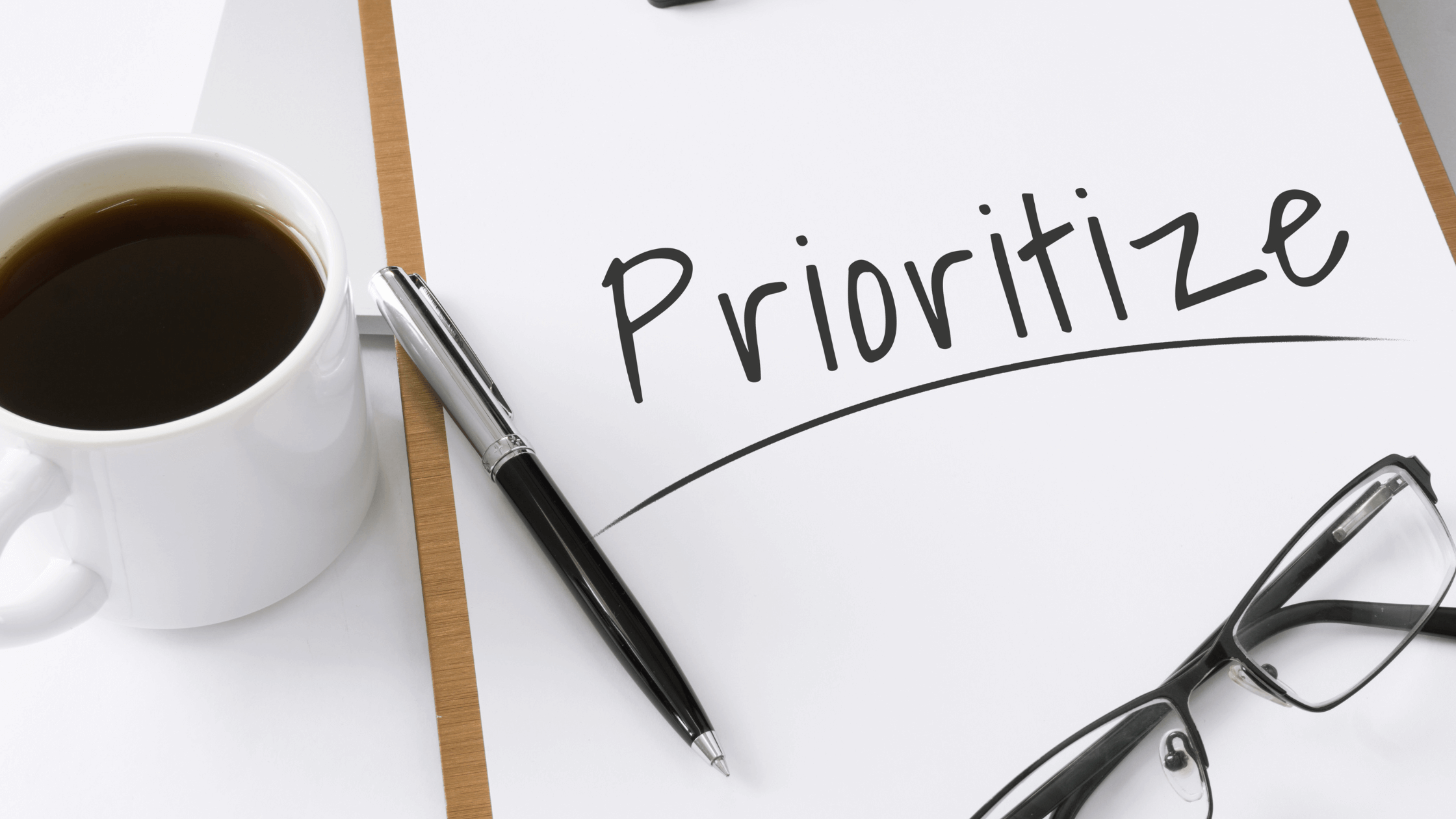
Prioritizing Is a Skill—And Skills Can Be Strengthened
One of the reasons planners often “fail” for ADHD brains is because prioritizing isn’t easy for us. Everything feels equally urgent—and it can be so overwhelming that we can't even start.
This is where many ADHD folks get stuck: we dump our thoughts into a list (yay!) but then when we try to use that 3-page-long list as our daily to-do list we shut down.
If you use your things to do list this way, you're OVERWHELMING yourself with that list.
By looking at much more than you can possibly get done in a day, you're asking your brain to:
- Visually scan a ton of information
- Sequence it
- Judge the time things will take
- Filter for urgency and importance
- Regulate emotional overwhelm that comes with looking at TOO MUCH AT ONCE
That’s a lot of executive functioning all at once—and it burns you out.
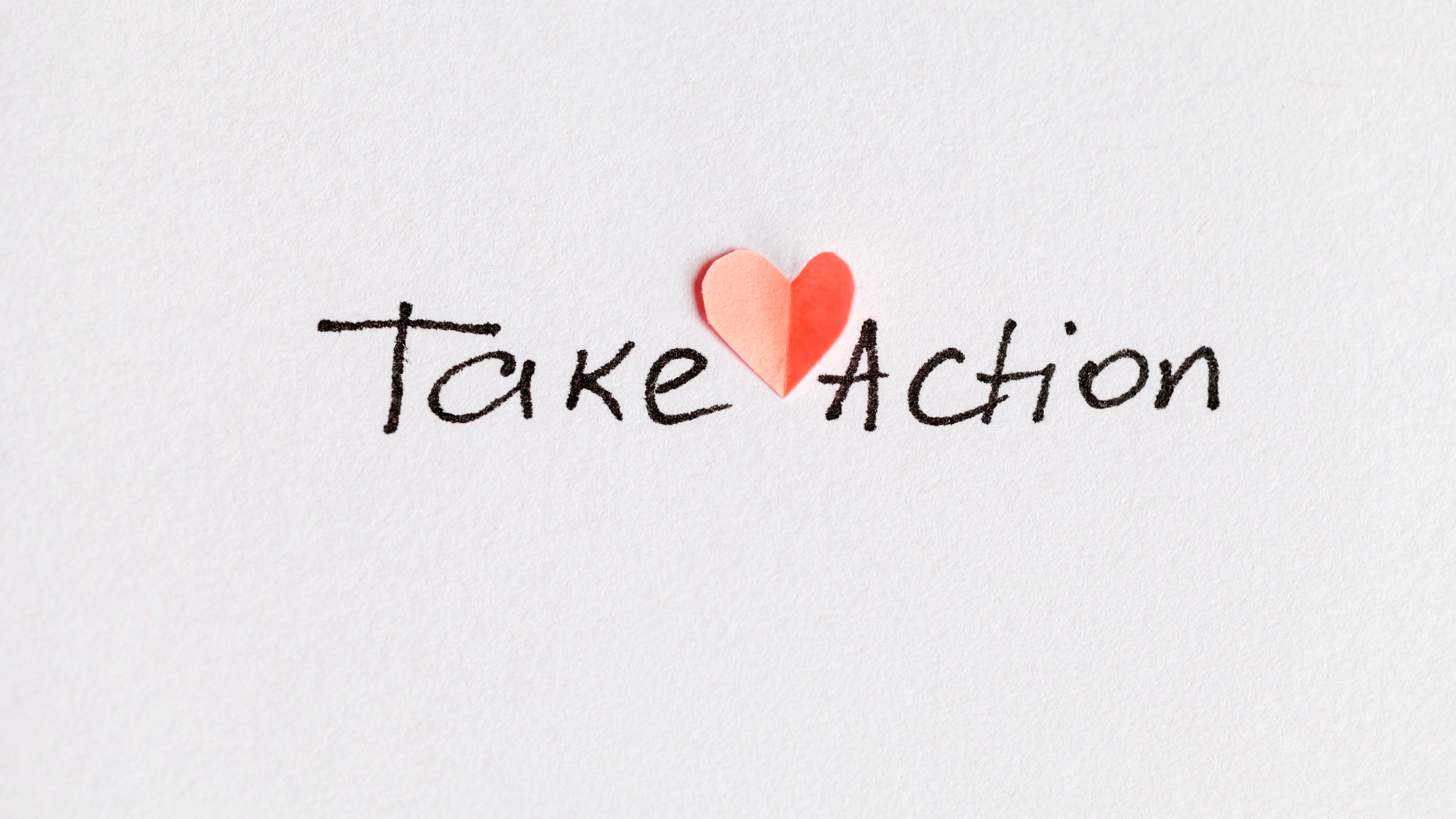
Part 2: Retrieval – How TO RETRIEVE and USE What You've Collected
In this piece of your time system, you're retrieving and applying all of the info you've collected.
Most people with ADHD don’t have a solid plan for what to do with the info once it's in their planner or calendar.
That’s how we end up driving to soccer practice without the snacks we were supposed to bring, showing up for a meeting without our notes, or forgetting our doctor's appointment all together.
Here’s one way (but not the only way) to retrieve and apply the tasks you "collect" to your day to day life:
- Weekly Review: Every Sunday evening, look ahead to the coming week. What big energy days are coming? What time commitments do you have? What prep can you do in advance? What projects need intentional time blocks?
- Daily Review (Morning & Evening):
- In the morning, check only today’s plan (to avoid overwhelm).
- In the evening, glance ahead at tomorrow to mentally walk through it and prep anything that might make your day smoother- put those soccer snacks in the car, your notes for the meeting in your backpack, consider the times you'll need to leave if you're driving somewhere, etc.).
You’re planning with your future self in mind. You're not just writing down tasks—you’re considering how you can actually show up for what you've planned with ease and without scrambling.

Part 3: Monitoring – What About Those “Boomerang” Tasks?
Some tasks don’t belong on a day’s to-do list, but they still need to be tracked. Let’s say you file an insurance claim and expect to hear back in 6 weeks.
That’s what I call a boomerang task—you’ve done your part, but now you're waiting for it to come back to you.
Here’s how I handle it:
- Set a calendar reminder for 6 weeks from now that says “Follow up on insurance claim.”
- If I’ve heard back, I dismiss it. If I haven’t, I follow up.
That way, I don't need to carry that reminder in my head for 6 weeks. That's inefficient and exhausting (and I'm all about managing my ENERGY).
I only follow up when needed, so I don’t drain my brain trying to remember if I need to.
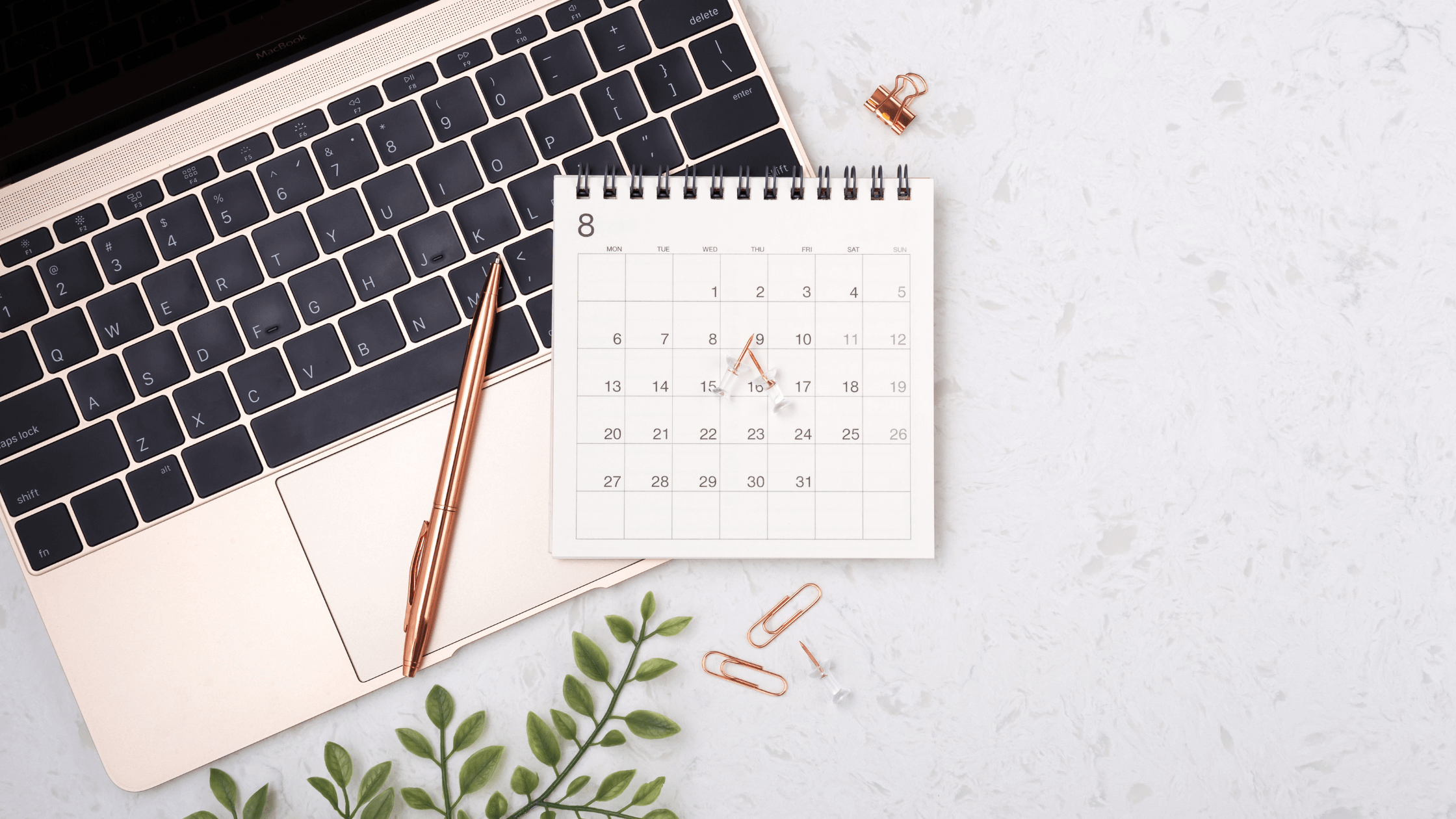
Habits Can Help You Use Your Time System
Habits take energy and effort to build, so be picky about where you invest that energy!
I recommend saving your habit-building effort for habits on how to your time system—like checking your planner, reviewing your day, and doing weekly reviews. This ONE habit will have a HUGE impact on your life.
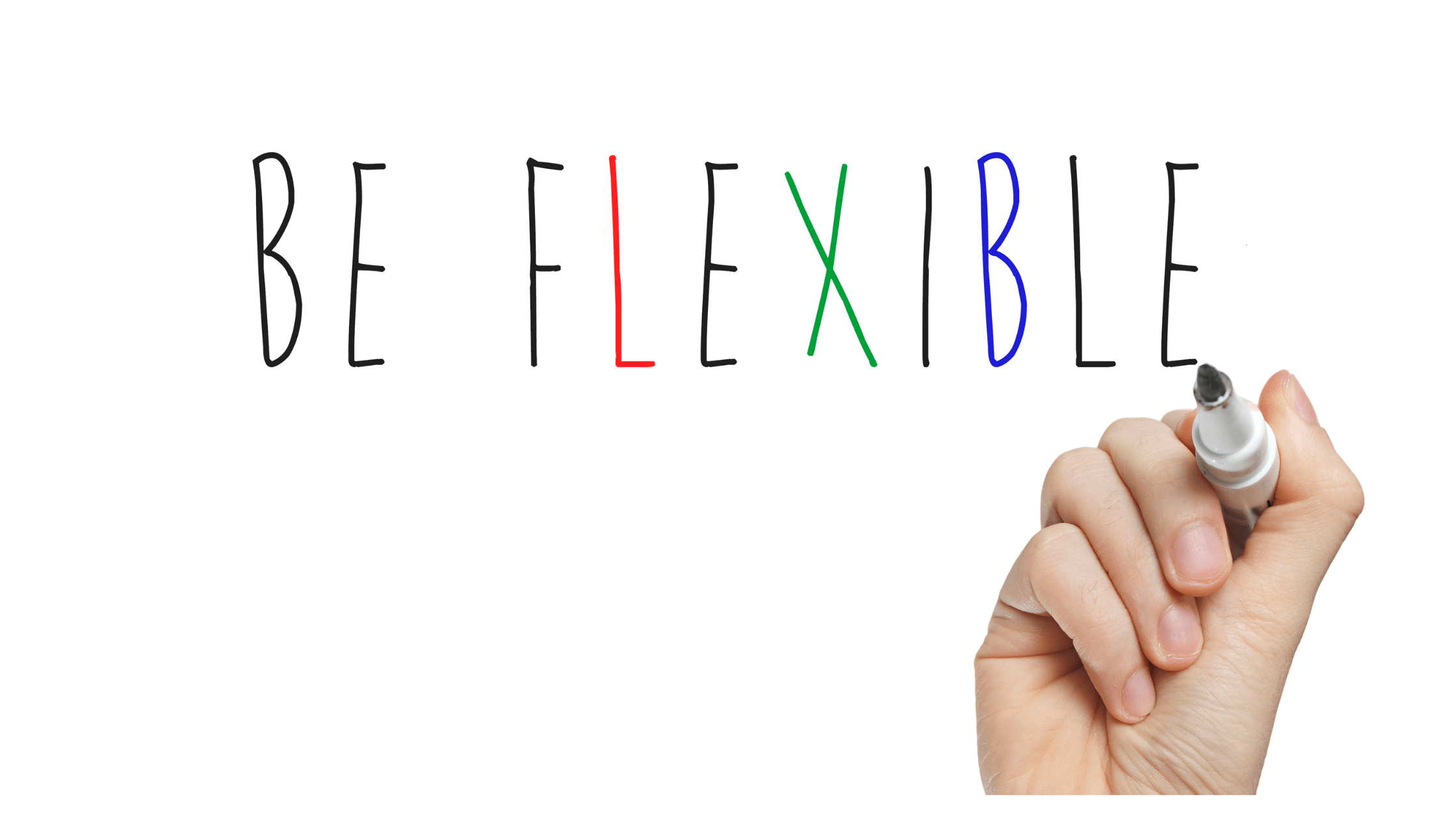
ADHD-Friendly Planning Systems Are Flexible
One more thing: if you’re someone who gets bored of a planner or changes systems often—that’s okay. You don’t have to stick to one tool forever- you can (and even need to ) switch things up.
The key to doing that without dropping the ball is knowing the core components that every system must have:
- A way to collect information
- A way to retrieve and apply it
- A way to monitor important long-term or delayed tasks
As long as those three things are happening, the tools you use can change. Flexibility is the system!

Final Thoughts: What’s the Perfect Planner for ADHD?
There isn’t one. Not really.
But there is a system that works for your brain—and once you understand that, you can stop blaming yourself and start building strategies that actually stick.
If you want to dive deeper, check out my Overwhelm Flow Sheet to help you work your dump list in a different way, or take a look at my group coaching program—where we take all these tools and apply them in real life.
Thanks for reading. You’ve got this—and I’m here to help if you need more!
Need more support ?
I can help!
When I work with clients who have ADHD, I often use a simple analogy: your brain is like a car—and for many of us, it’s a manual transmission. Let me explain.
🚗 Two Kinds of Brains, Two Kinds of Cars
Think about driving an automatic car. You get in, start the engine, and go. Whether you’re heading up a hill, merging into traffic, or cruising along, the gears shift smoothly behind the scenes. You don’t have to think about it—it just happens.
Now, imagine driving a manual (stick shift). You have to feel the road, listen to the engine, press the clutch, shift gears, release, adjust—constantly. It’s not worse—it just takes more effort and awareness.
That’s what it can feel like to live with ADHD.
🧠 Executive Function and Mental Gear-Shifting
People with neurotypical brains often operate like someone who is driving an automatic transmissions. Their executive functioning skills like prioritizing, sequencing, initiating tasks, regulating focus—are handled unconsciously. For someone with ADHD, those same tasks might require more "manual" effort.
Every decision, transition, or new task can feel like shifting gears... uphill.
Many of us judge ourselves harshly for needing more support or structure, but if your brain needs a few more steps to shift gears, that doesn’t make it broken—it means it operates differently.

📝 “So You Teach People to Make Lists?”
Recently, someone asked what I do as an ADHD coach. When I explained, she looked bewildered and said, “So… you teach people to make lists?”
Ouch. As annoyed as I was with her response, I also understood that those driving cars with an automatic transmission may not understand all that their brains do automatically!
She wasn’t trying to be rude. She just drives an automatic transmission. She doesn’t realize that making and using a list requires a complex combination of executive skills like:
- Task initiation
- Prioritization
- Working memory
- Attention regulation
- Follow-through
For her, that process happens effortlessly. For someone with ADHD, it’s a multi-step skill that may require practice, tools, and coaching.
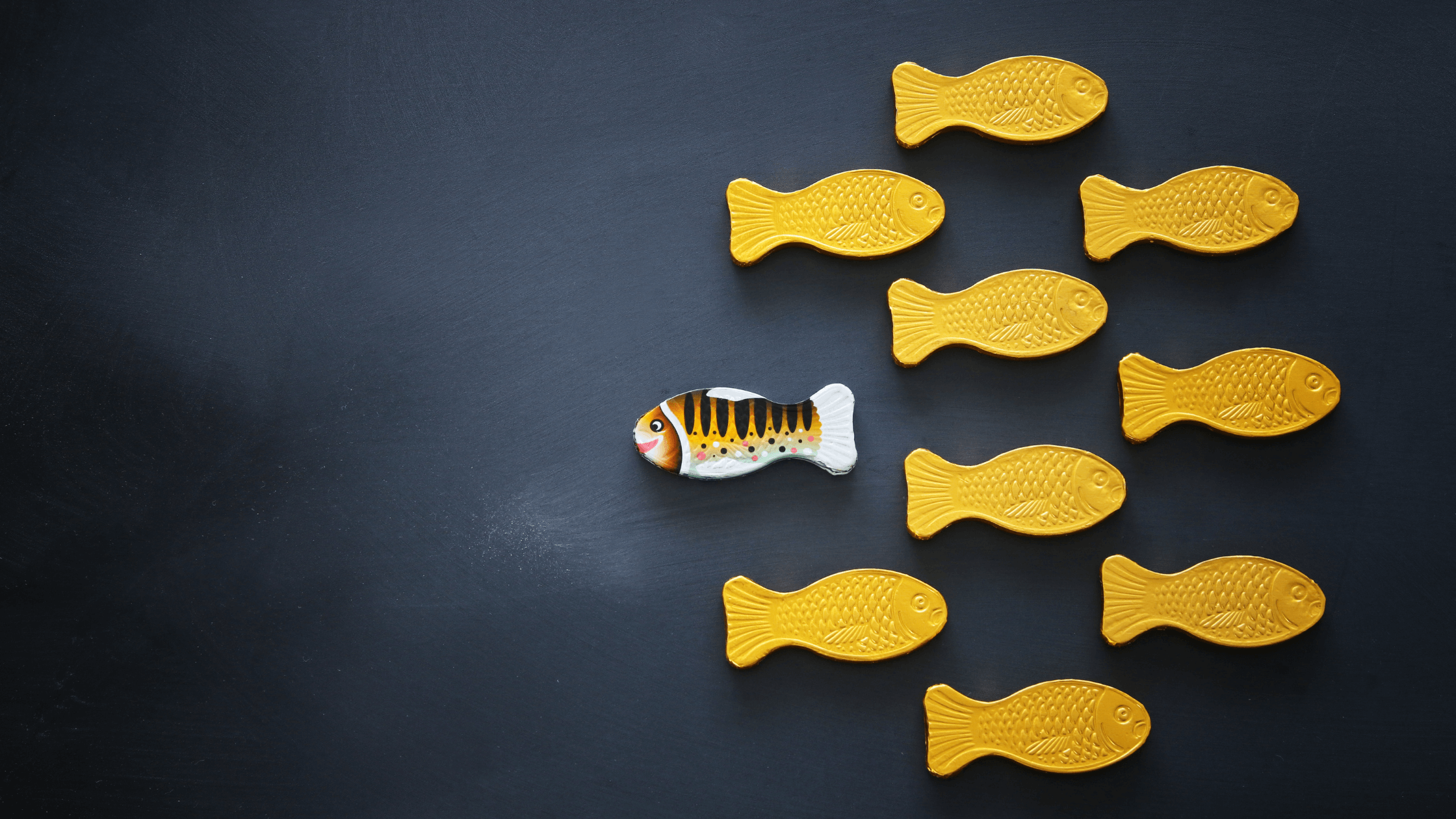
⚙️ Manual Isn’t Bad—It’s Just Manual
You can absolutely learn how to “drive” your ADHD brain well. You can:
- Build systems that support your executive function
- Use tools like dump lists and visual time cues
- Work with your brain instead of against it
And once you’ve practiced enough? Those once-difficult steps become smoother, even automatic over time. That’s the beauty of learning how your brain works—you stop stalling out and start moving with confidence.

🧭 People May Not Get It—And That’s Okay
If someone doesn’t understand your challenges, it may simply be because they’ve never had to think about them. They don’t see the gears shifting under the hood, because they’ve never had to.
It’s not always worth your energy to explain—but when someone’s curious and wants to learn, it can be a powerful opportunity for connection and understanding.
Just know: you don’t owe anyone an explanation to validate your experience. Your brain isn’t wrong. It just shifts differently- and it takes time to learn how to manage that.
✅ What Next?
If this analogy resonated with you and you want practical tools for “driving your brain” more smoothly, I’ve got two great places to start:
- 👉 Join my group coaching program to learn, practice, and customize strategies that actually work for ADHD brains.
Whether you’re shifting gears or just learning how your engine works—you’re on the right road.
Need more support ?
I can help!
